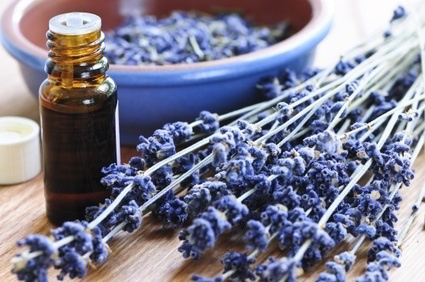 An essential oil is a concentrated, hydrophobic liquid containing volatile aroma compounds from plants. Essential oils are also known as volatile, ethereal oils or aetherolea, or simply as the "oil of" the plant from which they were extracted, such as oil of clove. An oil is "essential" in the sense that it carries a distinctive scent, or essence, of the plant. Essential oils do not as a group need to have any specific chemical properties in common, beyond conveying characteristic fragrances.
An essential oil is a concentrated, hydrophobic liquid containing volatile aroma compounds from plants. Essential oils are also known as volatile, ethereal oils or aetherolea, or simply as the "oil of" the plant from which they were extracted, such as oil of clove. An oil is "essential" in the sense that it carries a distinctive scent, or essence, of the plant. Essential oils do not as a group need to have any specific chemical properties in common, beyond conveying characteristic fragrances.
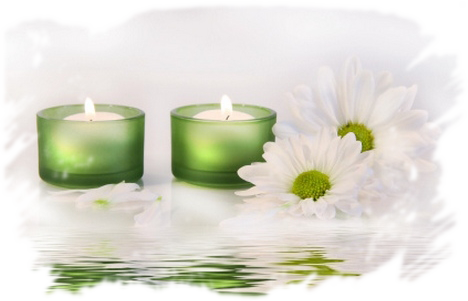
Aromatherapy is a holistic treatment that takes the physical, emotional and mental needs of an individual into consideration by using essential oils, which are natural, aromatic plant extracts.
How does Aromatherapy Work?
Aromatherapy can be used in every aspect of our lives: skin and hair care, cleaning, disinfecting, environmental fragrant, holistic health and pet care, inhalations, baths, showers, and massage. Aromatherapy seeks to strengthen the body's own innate self-healing process. The plant essences have the ability to balance, stimulate, relax, invigorate and rejuvenate our bodies.
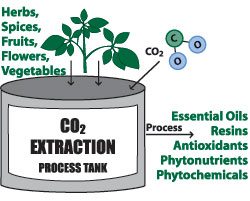
The term ‘essential oil’ is rather loosely applied to all aromatic products or extracts derived from natural sources, including resinoids, concretes and absolutes which contain a mixture of volatile and non-volatile components. These products are only partially composed of essential oils and are obtained by different methods of production, which include the use of solvents or carbon dioxide extraction. As well as volatile elements, the oils obtained by processes other than distillation also contain larger molecules of non-volatile matter (waxes and resins, for example).
Strictly speaking, the term ‘essential oil’ describes aromatic oil captured by distillation and composed entirely of volatile molecules.
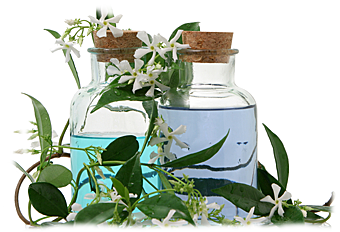
The practice of aromatherapy could be seen as an integral part of the larger field of herbal medicine, since the essential oil is only one of many ways in which a plant can be prepared as a remedy. Since all essential oils are derived from plants, it stands to reason that the two forms of therapy are complementary and not isolated from one another.
In some respects, the word ‘aromatherapy’ can be misleading because it suggests that it is a form of healing which works exclusively through the sense of smell. This is not the case; each essential oil has an individual combination of constituents which interact with the body’s chemistry in a direct manner, which then in turn affects certain organs or systems as a whole.
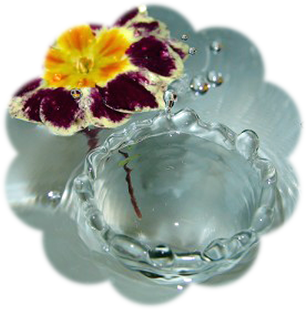 A hydrosol is the condensate water that is left over after the process of extracting an essential oil by water or steam distillation. This aromatic water contains the very essence of everything that was contained within the plant when it was still alive and growing.
A hydrosol is the condensate water that is left over after the process of extracting an essential oil by water or steam distillation. This aromatic water contains the very essence of everything that was contained within the plant when it was still alive and growing.
When essential oils are extracted by steam distillation, some of the aromatic and healing principles held within the plant are not captured during the process; they are absorbed by the steam or water that is used to extract the oil.
This steam eventually condenses back into water, and now contains small quantities of essential oil plus many of the water-soluble (hydrophilic) parts of the plant. Now supercharged with more active principles than the essential oil from the plant, this ready to use product offers a safe and convenient way to deliver a wide range of therapeutic and cosmetic benefits.
>
Essential oils are diverse and concentrated; they provide a natural, practical method to help prevent illness and alleviate common symptoms. An essential oil on its own can provide a multitude of practical uses.
Lavender can be used in first aid to calm a burn and begin the skin's healing process right away - and lavender can also be used as a natural insect deterrent - place a few drops on windowsills to discourage mosquitoes and moths. Seeking restful sleep? Place a couple drops of lavender on your pillowcase before going to bed.
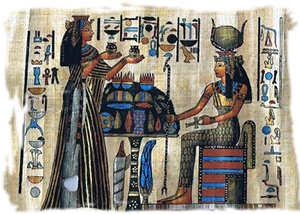
The value of natural plant oils has been recognized for more than 6,000 years, for their healing, cleansing, preservative and mood-enhancing properties, as well as for the sheer pleasure of their fragrances. Today, these properties are being rediscovered as we look to the wisdom of past eras and civilizations to restore the balance that has been lost in modern-day life. Stress, pollution, unhealthy diet, hectic but sedentary lifestyles – all these factors have adverse effects on our bodies and spirits. The art of aromatherapy harnesses the potent pure essences of aromatic plants, flowers and resins, to work on the most powerful of senses – smell and touch – to restore the harmony of body and mind.
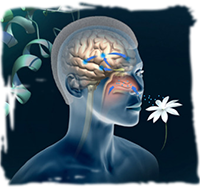 The smell of bread baking in the oven … the scent of a summer barbeque … the smell of freshly cut grass … catching the waft of a rose garden as you walk by …
The smell of bread baking in the oven … the scent of a summer barbeque … the smell of freshly cut grass … catching the waft of a rose garden as you walk by …
Familiar and favorite smells bring forward strong memories, without our active participation. Our sense of smell completely by-passes our conscious thought mechanism and travels directly to our limbic system.
Smell is our strongest sense! The human nose can detect up to 10,000 different odors at infinitesimal concentrations. For example, vanilla can be detected at a concentration level of .00000000762 particles per cubic inch. Our sense of smell is so powerful, physiological effects take place simply by inhaling an essential oil.

